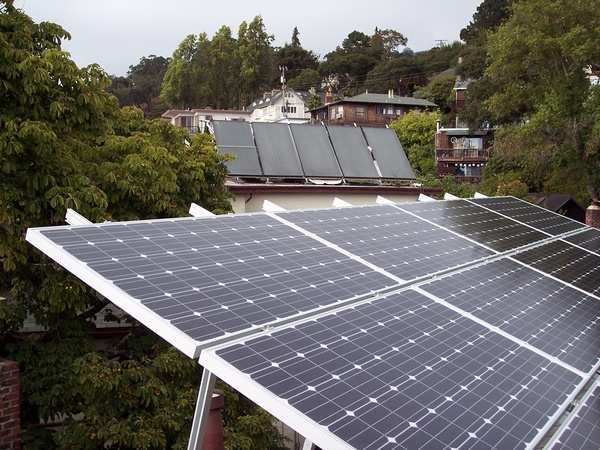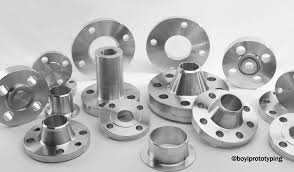Maximising Solar Potential – Selecting the Best Solar Panel for Home

Getting the most out of any energy-efficient home improvement starts with the right selection. This is especially true for solar panels.
Ideally, solar panels should be facing directly south to receive maximum sunlight throughout the day. However, a more westerly orientation can also reduce your reliance on the grid during peak hours.
Size
Solar panels are available in a variety of sizes, and it’s important to consider the amount of sunlight you’ll be getting on your roof and your energy goals before choosing the right size. A high-efficiency panel is typically more expensive, but it can generate significantly more energy over the course of its lifetime.
The power output of a solar panel is the amount of electricity it can produce per square meter. It is often determined by the wattage of the panel and standard testing conditions in a particular location. However, it is not always an accurate representation of the performance of a solar panel. For example, two panels may have the same wattage rating, but one is physically larger than the other. This difference can reduce the efficiency of the smaller panel by 20%.
Another factor to consider when selecting a solar panel is its temperature coefficient, which is the percentage decrease in performance for each degree that the panel exceeds the ideal operating temperature of 77 degrees Fahrenheit. High-efficiency panels have a lower temperature coefficient, which makes them a great choice for hot climates.
Additionally, the type of shade that covers your roof can also affect your solar energy production. For instance, shadows from nearby trees or buildings can significantly reduce the absorption of sunlight by your solar panels.
Orientation
The orientation of your solar panel is one of the most important factors in how much energy it will produce. The optimum orientation will depend on your location, the time of year and the shading around your home. A qualified solar engineering firm can perform simulations and sight surveys to determine the best orientation for your location.
In general, panels that face south will provide the highest potential output. However, if your roof does not have a south facing position, you can still install panels that are optimal for your situation. For example, panels that face west will produce more electricity in the afternoon and may be a good option for homeowners who are often out of the house in the morning but return home in the evening.
North facing solar panels will also generate significant amounts of electricity, however, they will produce less electricity in the winter when the sun is lower in the sky. In this case, a back up battery can offset low summer power consumption and ensure the system is able to generate more electricity in the winter.
If you’re not able to orient your solar panel in the direction that is best for your home, you can purchase a device called a tracker. This can automatically rotate your panels over the course of the day, like a sunflower, to maximize the amount of sunlight they receive.
Efficiency
The efficiency of a solar panel is the percentage of sunlight it can convert into power. This is measured using two numbers, photovoltaic cell efficiency and total panel efficiency. Photovoltaic cells capture sunlight and convert it into direct current, which then flows to an inverter to be transformed into alternating current that homes can use. Panel efficiency is based on how well the photovoltaic cells perform, as well as other factors such as installation and weather conditions.
While a solar system’s performance is generally rated under laboratory conditions, it’s important to consider the potential for efficiency loss over time. This is why a reputable solar installer will install panels with an efficiency guarantee, which typically covers 80-84% of the original power output for 25 years.
In addition to a guarantee, look for a manufacturer that offers an extended product warranty. This will offer additional protection in the event of a manufacturer defect or premature failure.
It’s also a good idea to have a real-time digital monitoring system in place for your solar panel array. This will help you identify issues such as shading or dust accumulation that could impact production and lead to a lower return on investment. If you do notice any problems, don’t handle the panels or attempt to fix them yourself, as this could void the manufacturer warranty.
Warranty
As you shop around for a solar panel installer, consider the warranty that each provides. Most reputable solar companies offer panels with 25-year product warranties and even longer power guarantees. These types of warranties help ensure that your energy savings are protected for a long time.
A product warranty, also known as a equipment or materials warranty, covers the physical construction of your solar panels. Manufacturers typically provide a standard product warranty of 15 or 20 years.
Alternatively, you can select a solar company that offers an additional warranty or guarantee, such as Paradise Energy’s Triple Ten Guarantee. A performance warranty is different from a product warranty, as it is not concerned with your panels’ physical structure but instead with their ability to produce energy. Generally, a performance warranty from a solar installation company will guarantee that your system’s total production will be at the level stated in the proposal you received.
It is important to keep in mind that the performance of your solar system depends on several factors, including your home’s location and surrounding environment. Make sure to take into account any potential shading from nearby trees or roof obstructions that could reduce the amount of sunlight your panels receive. In addition, consider whether your solar panels would be affected by any future changes to the local climate conditions, such as more frequent rain or increased temperatures.







